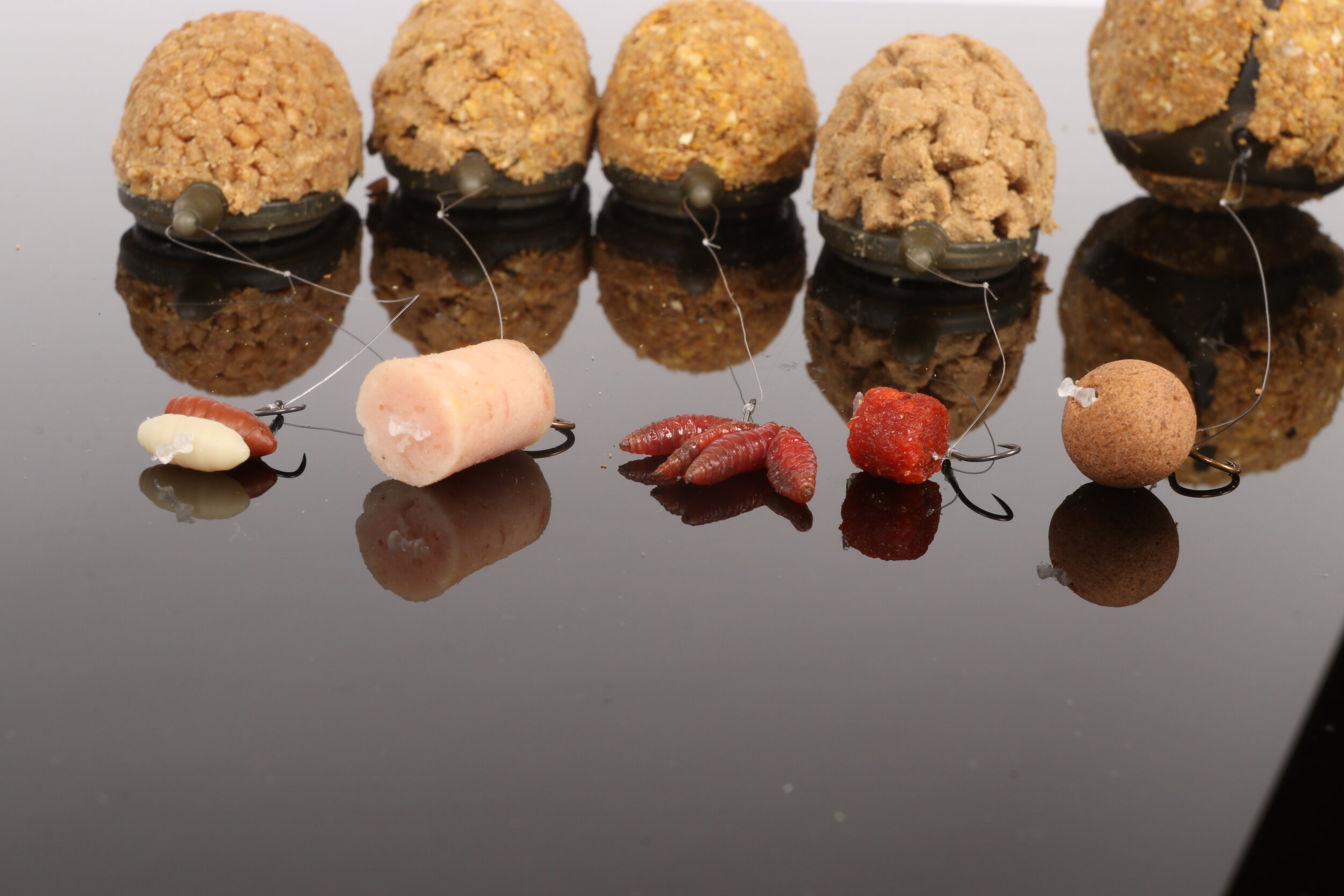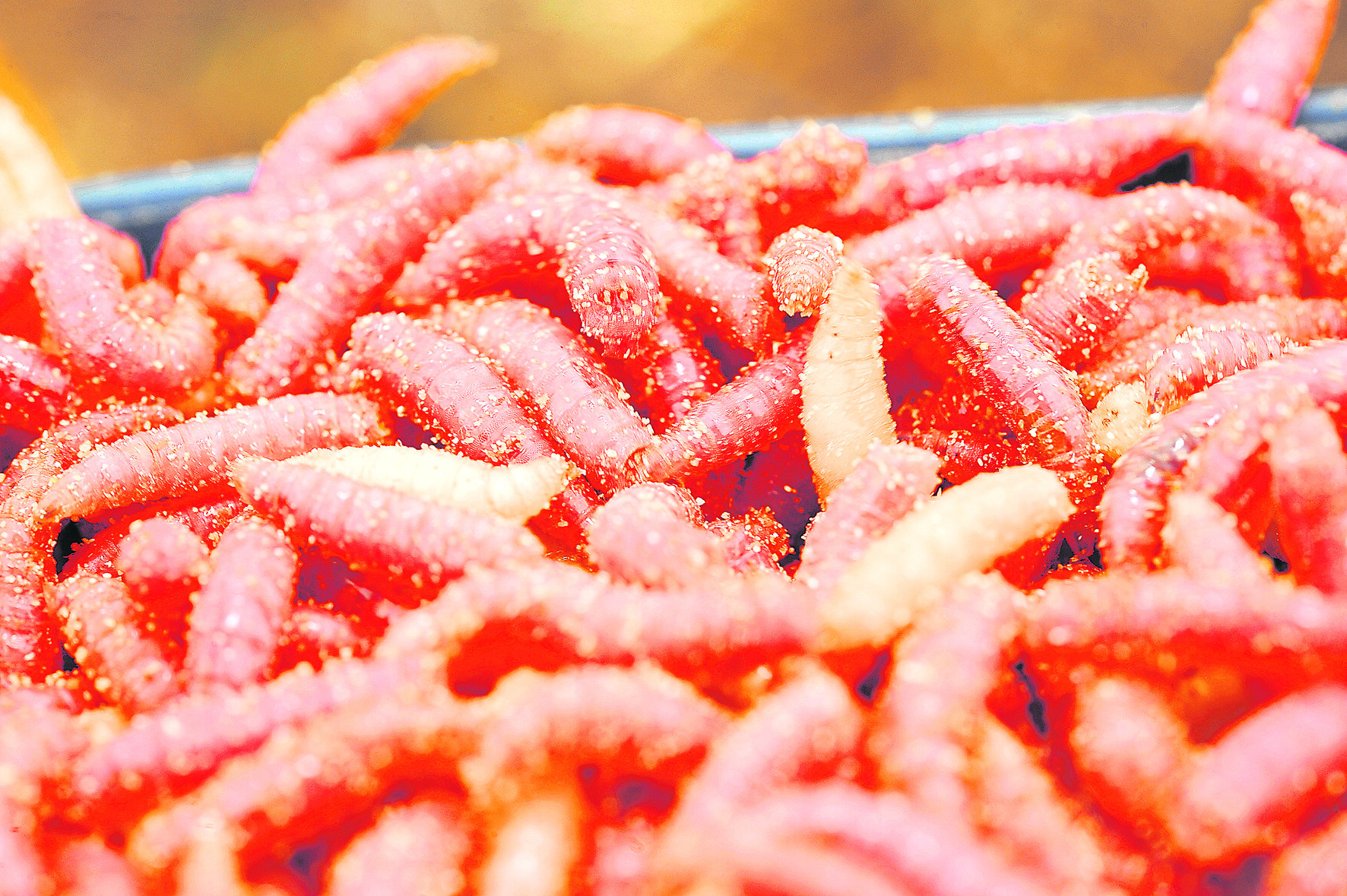Spice up your zig rigs this spring!
Give your zig rigs a makeover this spring with bait expert Dr Paul Garner, by following his spring tweaks for suspended baits.
You’d think that longer days and a hint of warmth in the sun’s rays would see carp catches soar. Trouble is, often the conditions flatter to deceive and many a time I’ve returned been frustrated by my lack of success in circumstances that looked perfect.
Yes, my swim choice may have been spot-on, but my baits were several feet below the carp. These fish spend a lot of time up in the water all year, but bright sunny days will see them anywhere from half-depth to just below the surface. You might see tell-tale black backs lifting slightly above the surface.
Also look out for fly hatches - waterfowl congregate to gorge themselves on this easy meal and the carp won’t be far behind. So what’s the key to unlocking these conditions? Zigging, of course!
Real bait zigs
If your local venue doesn’t allow the use of artificial baits, or you simply have more confidence in using a ‘real’ bait, my advice would be to get hold of some small marshmallows from the baking section of your local supermarket.
These soft, super-buoyant baits are just the right size and can be hair-rigged or side-hooked. On a size 12 hook and 0.20mm line a marshmallow will support up to a 6ft hooklength. Longer than this, and the extra buoyancy of an artificial bait is more effective.
Artificials
Carp are inquisitive creatures. Watch them up close and you will notice that they will sample anything even slightly edible that is put in front of them. This goes just as much for bits of cork and foam rubber as it does for intricately crafted Zig Bugs. A small piece of black foam is, for many hardened carpers, the only zig bait they use, but I think it can pay to ring the changes.
Changing the colour of the foam, or swapping to cork, can bring extra bites when black is not producing. Zigs are mainly about visual appeal, so using a bright colour can make the bait scream ‘eat me!’. Movement can also be added to a zig simply by impaling a maggot or small worm on the hook. It is surprising how much the wriggling moves the bait around, giving it extra appeal that will last for an hour or more.
I prefer Zig Bugs over straight foam for much of my zig fishing, but not because they resemble any of the carp’s natural diet. I like the fact that the dressing on a Bug disguises the hook, making it less conspicuous. Hook and bait as one also leads to better hookholds than with a hair-rigged bait.
Sold on flavours
A few years ago now I spent a day on the bank with a match fishing friend trying out different zig baits, and the results were quite astonishing. In particular, we were interested in whether flavouring the baits could make a difference. It was a particularly tough day, but we managed to winkle out half-a-dozen carp, every one of which fell to a marshmallow dipped in dilute flavouring.
This is hardly conclusive proof, but it has persuaded me that there are no disadvantages to using flavoured baits, and just possibly they can make a positive difference. The best flavours are those that disperse quickly and rise through the water column. Ester-based flavours, such as pineapple and strawberry, are particularly effective and I will give my hookbait a quick dip in these before every cast.
To feed or not to feed?
Whether to feed anything when fishing with zigs is a tricky question at this time of the year. In the height of summer on a prolific venue I’d have no hesitation in mixing up a bucketful of very sloppy ‘spod soup’ and raining down a cloud of bait over my hookbaits. The splash of the spod actually attracts carp when they are ‘up for it’. On all but the most prolific venues, though, I tend to be much more cautious right now and leave the spod rod at home.
That said, pinging a few 8mm slow-sinking pellets over your suspended hookbaits can work. The pellets will sink, ending up several feet below the hookbait, so there is little risk of overfeeding, although you might draw some of the carp down to the deck.
Six pellets every 10 minutes is enough to evoke a reaction if the carp are willing to respond to the pitter-patter of pellets going in.















